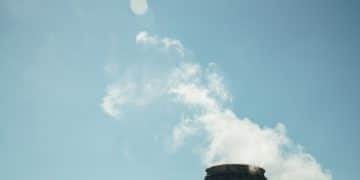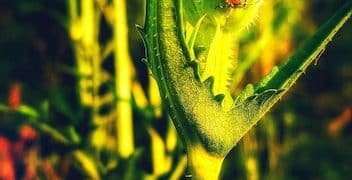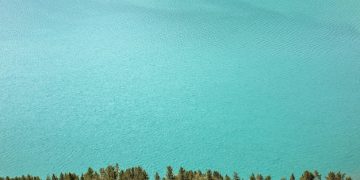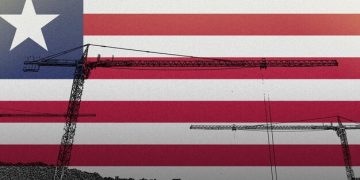Artemis Program: NASA’s Lunar Resource Exploration
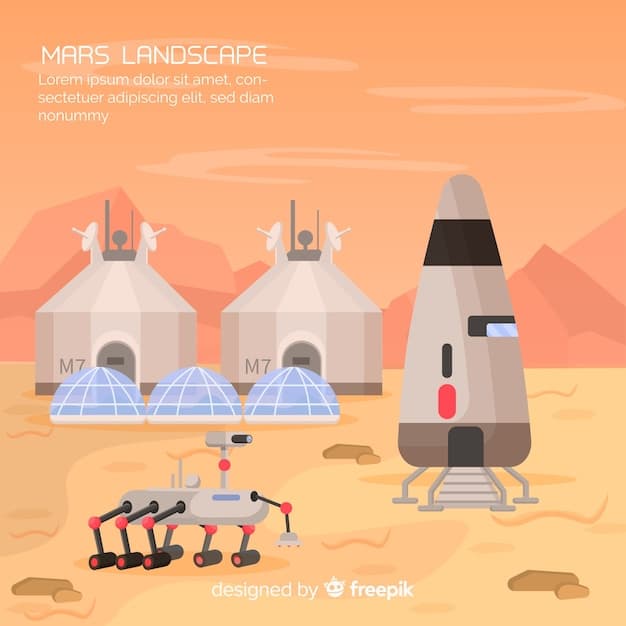
NASA’s Artemis Program is significantly contributing to our understanding of lunar resources through advanced mapping, sample analysis, and technology demonstrations, paving the way for sustainable lunar exploration and potential future resource utilization.
The Artemis Program is contributing to our understanding of the Moon’s resources and potential for future exploration by conducting comprehensive surveys, deploying innovative technologies, and analyzing lunar samples, it’s reshaping our perception of the Moon from a destination to a potential resource hub.
Artemis Program: A New Era of Lunar Exploration
The Artemis Program represents a bold step forward in space exploration, aiming to not only return humans to the Moon but also to establish a sustained presence there. Understanding the lunar resources is crucial for achieving this long-term goal, and Artemis is designed to provide invaluable data and insights.
This new era focuses on leveraging the Moon’s potential to support future missions and potentially enable further exploration of the solar system. By meticulously studying the lunar surface and subsurface, NASA hopes to uncover vital resources that can be used to create fuel, oxygen, and other essential supplies directly on the Moon.
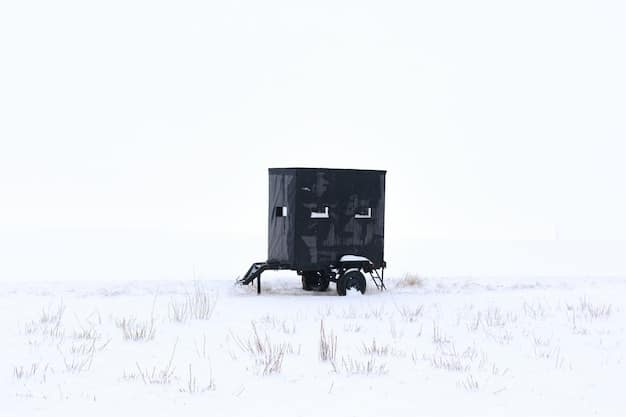
Mapping the Lunar Landscape
One of the key objectives of the Artemis Program is to create detailed maps of the lunar surface. These maps are not just about topography; they also focus on identifying areas rich in valuable resources.
The data gathered helps scientists pinpoint locations with high concentrations of water ice, rare earth elements, and other materials crucial for sustaining a lunar base. Advanced imaging techniques and remote sensing technologies are employed to achieve this comprehensive mapping.
- Identifying Regions of Interest: High-resolution imagery helps identify potential landing sites and areas for resource extraction.
- Resource Mapping: Spectrometers and other instruments detect and map the distribution of key resources across the lunar surface.
- Analyzing Lunar Geology: Studying the geological features provides insights into the Moon’s formation and resource distribution.
In conclusion, the intial processes of the Artemis program involve a new era of detailed lunar mapping, crucial for identifying and understanding lunar resources. The program’s comprehensive surveys and geological analysis set the stage for future exploration and resource utilization.
Unveiling Lunar Water Ice Deposits
Water ice is a particularly valuable resource on the Moon, with the potential to be used for creating breathable air, rocket propellant, and drinking water. Artemis is focused on locating and characterizing these ice deposits in the permanently shadowed regions (PSRs) of the Moon.
These PSRs, found near the lunar poles, are areas that never receive direct sunlight, allowing water ice to accumulate and remain frozen for billions of years. Understanding the amount, distribution, and accessibility of this ice is critical for planning future lunar missions.
VIPER: A Lunar Ice Hunter
The Volatiles Investigating Polar Exploration Rover (VIPER) is a key component of the Artemis Program. This rover is specifically designed to explore the PSRs and analyze the composition of lunar soil to determine the presence and abundance of water ice.
VIPER will drill beneath the lunar surface, collect samples, and analyze them using onboard instruments. This mission will provide a better understanding of the form in which water ice exists on the Moon (e.g., pure ice vs. mixed with soil) and how easily it can be extracted.
- Drilling and Sampling: VIPER will drill up to one meter below the lunar surface to collect samples.
- Onboard Analysis: Instruments will analyze the samples to determine the composition and concentration of water ice.
- Mapping Ice Distribution: The rover will create maps showing the distribution of water ice in the PSRs.
In conclusion, by focusing on the identification and characterization of lunar water ice deposits, particularily through missions like VIPER, the Artemis Program is trying to provide a new prespective on lunar resources that can be used for supporting future lunar exploration and sustainable base operations.
Lunar Sample Analysis and Resource Potential
The Artemis Program will return lunar samples to Earth for in-depth analysis. These samples can provide a wealth of information about the Moon’s composition, including the presence of valuable resources.
Scientists will use advanced analytical techniques to study the chemical and mineralogical properties of the lunar samples. This analysis will help identify potential resources and develop methods for extracting and utilizing them.
Studying Regolith and Minerals
Lunar regolith, the layer of loose, unconsolidated material covering the Moon’s surface, is a primary focus of sample analysis. This material contains valuable minerals and elements that are of interest for future resource utilization. The study of these materials is helping scientists to understand the possibility of extracting valuable resources from the lunar surface.
By understanding the chemical processes that have shaped the regolith and the minerals it contains, scientists can develop efficient methods for extracting these resources. This knowledge is essential for establishing a sustainable lunar base.
Overall, the Artemis Program’s efforts in lunar sample analysis are leading to a detailed assessment of the Moon’s resource potential. By studying regolith and conducting high-precision dating, scientists are opening new avenues for lunar exploration and sustainable resource utilization.
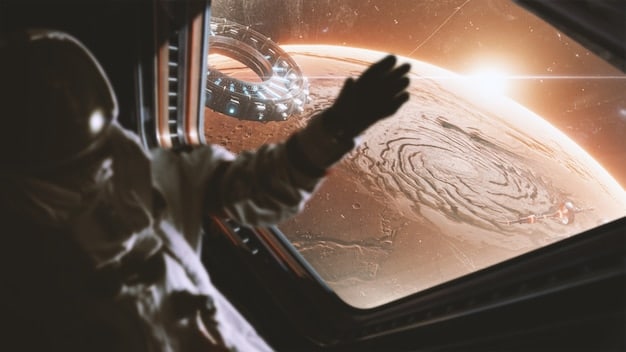
Utilizing Lunar Resources for In-Situ Resource Utilization (ISRU)
The Artemis Program aims to demonstrate In-Situ Resource Utilization (ISRU) technologies on the Moon. ISRU involves using lunar resources to produce essential supplies, such as water, oxygen, and rocket propellant, directly on the lunar surface.
By demonstrating ISRU, NASA hopes to reduce the cost and complexity of future lunar missions. Instead of transporting all necessary supplies from Earth, astronauts will be able to produce them locally, making lunar exploration more sustainable and affordable.
Oxygen Extraction from Lunar Soil
One of the most promising ISRU techniques is the extraction of oxygen from lunar soil. Lunar soil contains a high percentage of oxygen bound in minerals. Extracting this oxygen could provide a sustainable source of breathable air and rocket propellant for lunar missions.
Several methods for extracting oxygen from lunar soil are being investigated, including heating the soil to high temperatures and using chemical reactions to release the oxygen. The Artemis Program will test these methods on the Moon to determine their feasibility and efficiency.
Overall, Artemis seeks to validate ISRU technologies on the Moon. By extracting oxygen and demonstrating 3D printing, NASA is paving the way for sustainable lunar exploration, offering new avenues for long-term missions and the creation of a permanent lunar base.
Technology Demonstrations and Lunar Innovation
The Artemis Program serves as a platform for testing and demonstrating new technologies that will be essential for future lunar and deep space missions. These technology demonstrations are crucial for advancing our capabilities in areas such as robotics, communication, and power generation.
By testing these technologies in the harsh lunar environment, NASA can identify and address any potential issues before they become major problems on future missions. This approach reduces the risk and increases the likelihood of success for long-term lunar exploration.
Robotics and Automation
Robotics and automation play a key role in the Artemis Program. Robots will be used for a variety of tasks, including scouting potential landing sites, constructing habitats, and extracting resources.
The Artemis missions will test advanced robotic systems capable of operating autonomously in the challenging lunar environment. These robots will be equipped with sensors, cameras, and other instruments to gather data and perform tasks with minimal human intervention.
- Autonomous Navigation: Robots will navigate the lunar surface using advanced sensors and algorithms.
- Remote Operations: Astronauts on Earth will control robots on the Moon to perform complex tasks.
- Construction and Assembly: Robots will be used to construct habitats and assemble equipment on the lunar surface.
Looking ahead, the Artemis Program serves as a proving ground for advanced technologies crucial for future space endeavors. By testing robotics, communications, and sustainable power solutions, NASA is driving advancements that will enable more ambitious lunar and deep space missions.
International Collaboration and Lunar Resource Utilization
The Artemis Program is an international collaboration, with partners from around the world contributing to its success. This collaboration extends to the area of lunar resource utilization, with various nations and organizations contributing their expertise and technology.
By working together, these international partners can accelerate the development of ISRU technologies and create a more sustainable and efficient approach to lunar exploration. This collaboration also fosters goodwill and strengthens international cooperation in space.
The Artemis Accords
The Artemis Accords are a set of principles that guide international cooperation in space exploration. These accords promote responsible and sustainable lunar exploration, including the use of lunar resources.
The Artemis Accords encourage transparency, interoperability, and the sharing of scientific data. By adhering to these principles, participating nations can ensure that lunar exploration is conducted in a responsible and sustainable manner.
Finally, the collaborative nature of the Artemis Program, guided by the Artemis Accords, is setting a new standard for international cooperation in space exploration. By combining resources, sharing knowledge, and adhering to sustainable practices, the global community is collectively working toward a future where lunar resource utilization benefits all of humanity.
| Key Point | Brief Description |
|---|---|
| 🗺️ Lunar Mapping | Detailed surveys identifying resource-rich areas. |
| 🧊 Water Ice | Locating and characterizing ice deposits for future use. |
| 🧪 Sample Analysis | Analyzing lunar samples to find potential resources. |
| ⚙️ ISRU | Using lunar resources for propellant and life support. |
Frequently Asked Questions
▼
The primary goal is to return humans to the Moon and establish a sustainable presence for long-term exploration and utilization of lunar resources.
▼
Water ice is primarily located in the permanently shadowed regions (PSRs) near the lunar poles, mapped using advanced instruments on rovers like VIPER.
▼
ISRU is the process of using local resources, such as lunar soil, to produce essential supplies like water, oxygen, and rocket propellant on the Moon.
▼
The Artemis Accords are a set of principles that guide international cooperation in space exploration, promoting responsible and sustainable use of lunar resources.
▼
Robots will assist in various tasks, including scouting landing sites, constructing habitats, extracting resources, and performing remote operations with minimal human intervention.
Conclusion
In summary, the Artemis Program is poised to significantly advance our understanding and utilization of lunar resources. Through detailed mapping, sample analysis, and technology demonstrations, NASA and its international partners are paving the way for a sustainable lunar presence and the potential for future exploration of the solar system.
